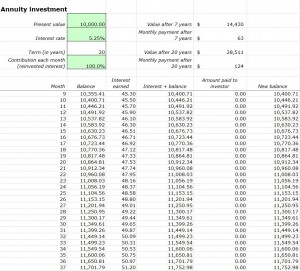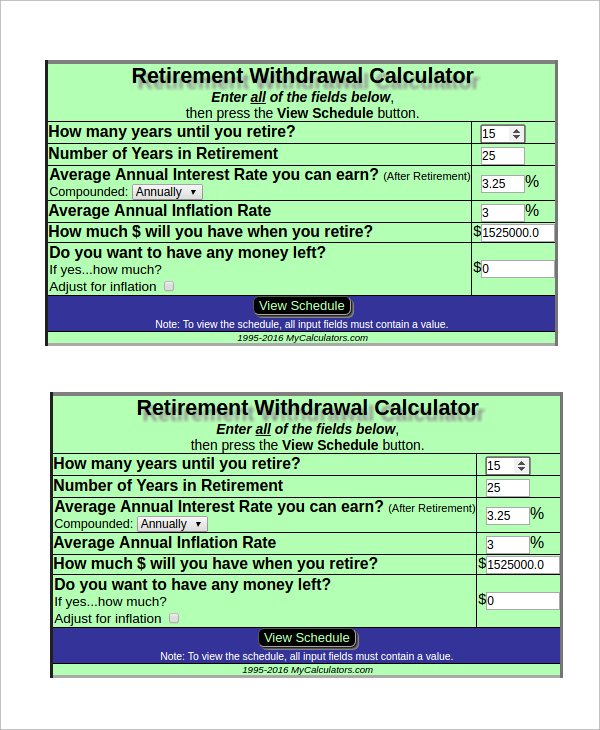

historical data since 1926, success rates are the percentage of rolling historical periods in which some financial wealth remained at the end.įinancial wealth depletion becomes synonymous with a failed retirement in this framework, as seen, for instance, when Terry (2003) wrote, “I believe that most investors would find even a 1 percent probability of failure to be excessively high when dealing with irreplaceable assets and considering the extreme costs of failure.” Perhaps it was an unintended consequence, but the research on safe withdrawal rates that has followed from these notions provides a rather incomplete picture of retirement income. Rather than reporting the historical worst-case scenario, the Trinity authors calculated success rates and corresponding failure rates for different withdrawal rate and asset allocation strategies over differing retirement durations. It introduced a small but significant modification to Bengen’s work. Several years later, Cooley, Hubbard, and Walz (1998) published a study popularly known as the Trinity study. Bengen’s research answered an important question about sustainable spending rates. It was closer to 4 percent than to numbers like 7 percent bandied about in the media at that time.

William Bengen’s seminal 1994 article on sustainable withdrawal rates in the Journal of Financial Planning provided a much needed reality check on popular retirement discourse by demonstrating how the sequence of returns risk causes the sustainable withdrawal rate from a portfolio of volatile assets to fall below the average return to those assets.īengen described the SAFEMAX, which he defined as the sustainable withdrawal rate from the worst-case scenario in history. See his Google+ profile for contact information, or email him at. He holds a doctorate in economics from Princeton University, and he blogs frequently on retirement income research at. Pfau, Ph.D., CFA, is an incoming professor of retirement income at The American College, and winner of the Journal’s 2011 Montgomery-Warschauer Award. Perhaps surprisingly, bonds, inflation-adjusted SPIAs, and VA/GLWBs are not part of the efficient frontier in the couple’s optimal retirement income portfolio. Their efficient frontier generally consists of combinations of stocks and fixed SPIAs. The paper presents results for a 65-year-old couple whose lifestyle needs require a 4 percent inflation-adjusted withdrawal rate from retirement-date financial assets.It also incorporates client preferences to balance the competing financial objectives for the final choice among the collection of allocations that define the efficient frontier for retirement income.

This process incorporates unique client circumstances, bases asset return assumptions on current market conditions, uses a consistent fee structure for a fair comparison between income tools, operationalizes the concept of diminishing returns from spending by incorporating a minimum-needs threshold and a lifestyle spending goal, and uses survival probabilities to calculate outcomes.The process described in this paper focuses on allocating assets between a portfolio of stocks and bonds, inflation-adjusted and fixed single-premium immediate annuities (SPIAs), and variable annuities with guaranteed living benefit riders (VA/GLWBs).Much of the current failure-rate framework fails to consider the retiree’s entire balance sheet of income-generating assets, such as Social Security and immediate annuities ignores lost potential enjoyment from spending more early in retirement and ignores the magnitude and severity of “failure.”.
#STEPS OF ANNUITIZED ON FINANCIAL CALCULATORS HOW TO#
The focus is how to best meet two competing financial objectives for retirement: satisfying spending goals and preserving financial assets. This paper outlines a different way to think about building a retirement income strategy that dramatically moves away from the concepts of safe withdrawal rates and failure rates.Journal of Financial Planning: February 2013


 0 kommentar(er)
0 kommentar(er)
